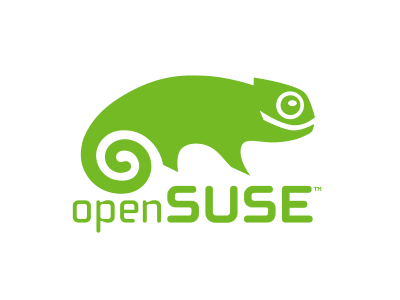openSUSE Debuts New Features, Apps with 12.2 Release
The openSUSE Linux distribution has faced its share of tumult in the last few months, which witnessed some significant soul-searching by the developers regarding how the project operates. But things appear back on track, with the release of version 12.2 of the operating system.
 The openSUSE Linux distribution has faced its share of tumult in the last few months, which witnessed some significant soul-searching by the developers regarding how the project operates. But things appear back on track, with the release of version 12.2 of the operating system. Here’s a look at what’s new in the latest iteration of one of the most popular open source operating systems.
The openSUSE Linux distribution has faced its share of tumult in the last few months, which witnessed some significant soul-searching by the developers regarding how the project operates. But things appear back on track, with the release of version 12.2 of the operating system. Here’s a look at what’s new in the latest iteration of one of the most popular open source operating systems.
Originally set to debut in June 2012, version 12.2 of openSUSE was delayed due to lack of stability. Fast forward to the present, however, and the release has not only reached a status deemed production-ready by the openSUSE developers, but has also acquired a number of new features.
Like most Linux distributions, openSUSE owes many of its latest enhancements to upstream work by other open source projects. Updated versions of the Linux kernel (to version 3.4), the glibc library (to 2.15) and KDE (to 4.8.4) promise overall performance improvements.
Similarly, the X.org graphical server in openSUSE 12.2 adds support for multitouch recognition on hardware such as tablets and laptops with touchscreens. That’s a key area to watch as touch becomes more and more important to users, and as the open source world in general strives to make up for lost time compared to proprietary competitors in this space.
Beyond updates to software included in previous versions of openSUSE, the new release also sports an expanded application stack. In particular, a number of programs for math and science work have been added, among them the Stellarium astromonical simulator, the Veusz plotting package and Maxima, a platform for manipulating symbolic and numerical expressions. Scientific Linux may still have openSUSE beat when it comes to providing a science-friendly computing environment, but the SUSE world has taken some noticeable steps forward in this regard.
openSUSE’s Future
These days, there are so many different Linux distributions out there that one of them pushes out a new release nearly every day. And a lot of them have application stacks and technical back-ends similar to openSUSE’s. So why is the debut of openSUSE 12.2 worth noting?
For starters, because openSUSE is an important force in the larger open source ecosystem. The project has close ties to other ventures, such as the Open Build Service, that are of interest to plenty of users and developers beyond those running or programming for openSUSE specifically.
At the same time, openSUSE is in an increasingly unique position at the moment within the lineup of mainstream desktop Linux distributions. Many of openSUSE’s competitors are now following increasingly narrow paths as they adhere closely to particular desktop environments, including GNOME 3 and Unity, that not only diminish their appeal in the eyes of some users, but also limit their interaction — and in some cases technical compatibility — with other open source projects. In the case of Ubuntu, other decisions, such as the planned move to replace X with Wayland, promise yet further technical divergence.
Meanwhile, openSUSE in most respects remains a very generic, come-one-come-all Linux distribution. It supports all the major desktop environments (except Unity, of course, which for now remains officially available only for Ubuntu, though that may be changing). It also has yet to get on the bad side of any upstream developers in the way that Ubuntu developers did, for instance, when it gave GNOME 3 the cold shoulder in favor of Unity.
That neutrality, combined with the new features of the 12.2 release, may mean openSUSE will enjoy increased exposure moving forward. Stay tuned.
About the Author
You May Also Like


